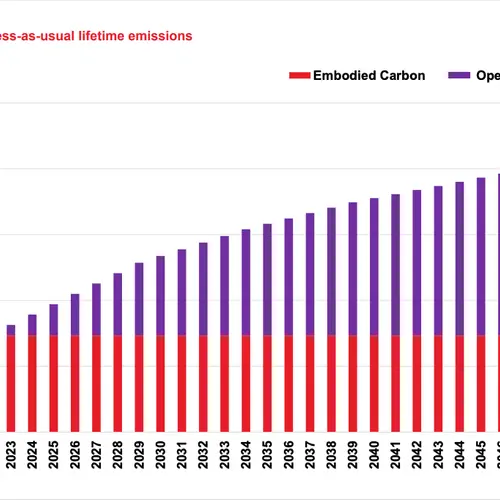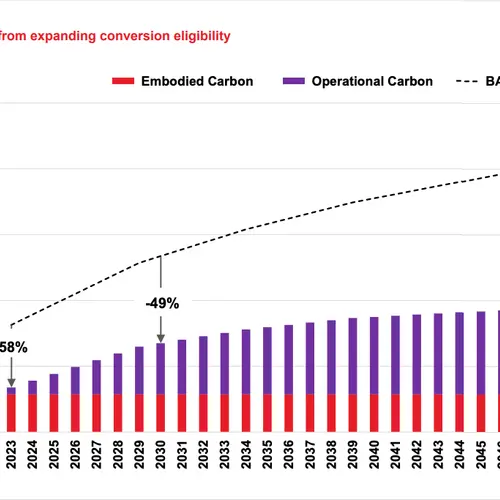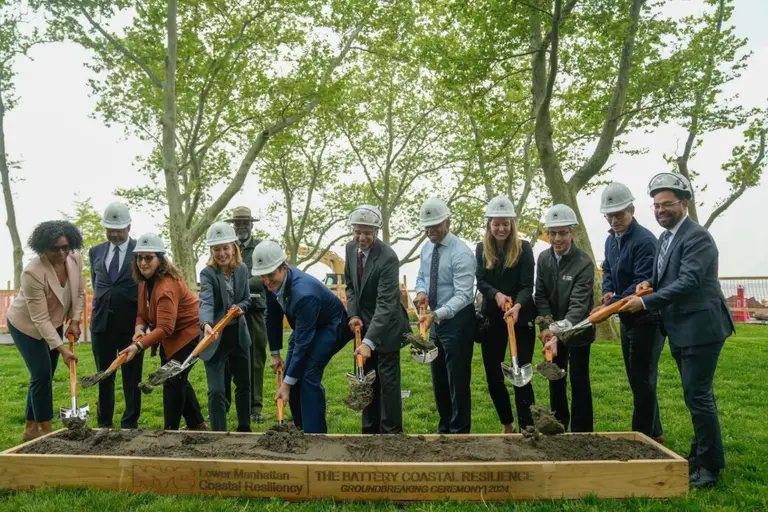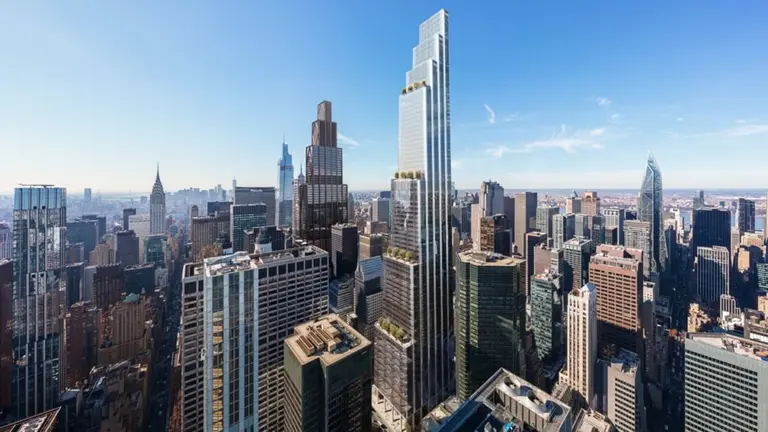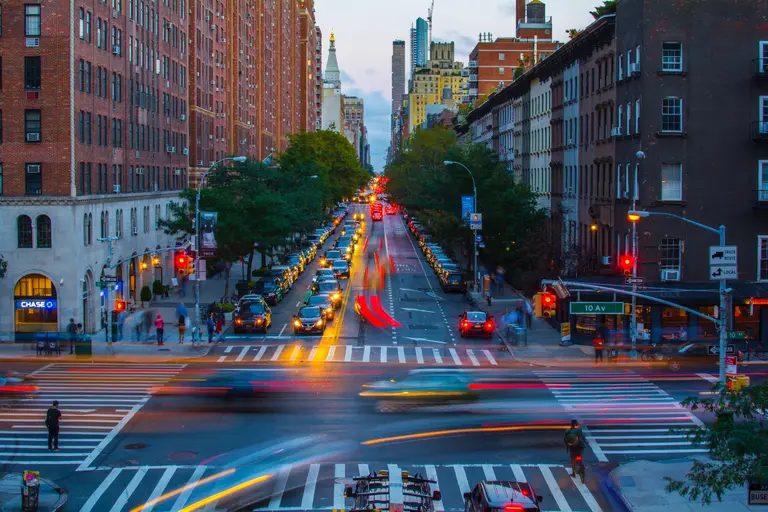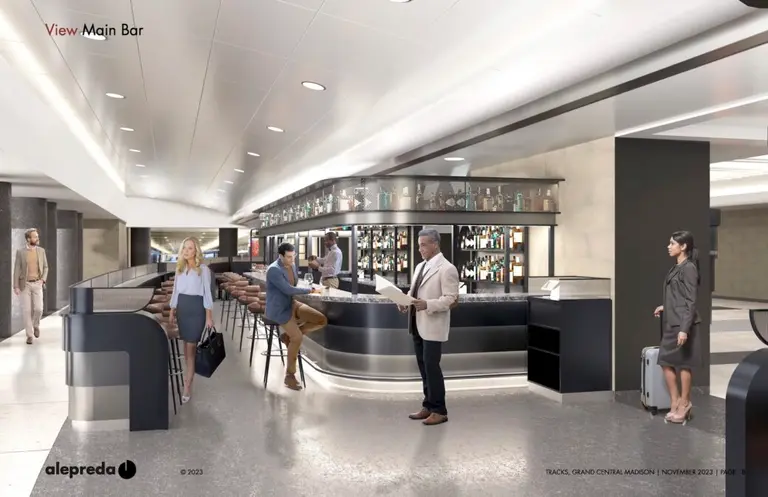Office-to-residential conversions could significantly lower NYC’s carbon emissions: report

Image courtesy of Carl Solder on Unsplash
New York City could drastically decrease its carbon footprint if the eligibility for office-to-residential conversions is expanded, according to a new report. In the study “Office to Residential Conversions: The Carbon Story,” sustainable development consultant Arup found updating zoning rules to allow for more office buildings to become apartments could cut carbon emissions by 54 percent by 2050.
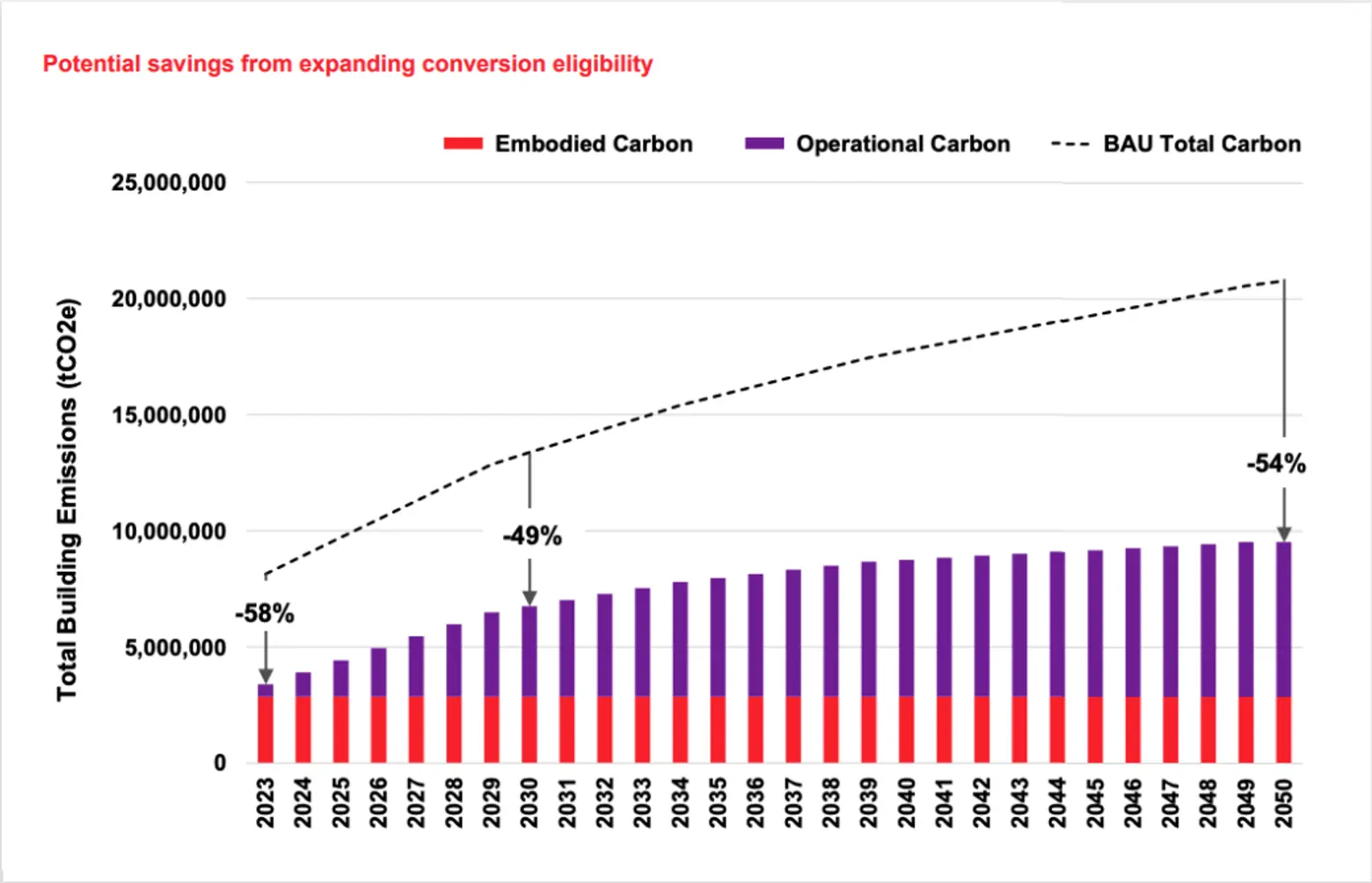
The study focused on the buildings that would be subject to proposed zoning changes introduced by Mayor Eric Adams this fall. The “City of Yes for Housing Opportunity” plan could create 100,000 new apartments over the next 15 years by updating restrictive zoning rules, including the conversion of vacant offices into housing.
The mayor’s proposed zoning changes would allow office buildings constructed before 1990 to be converted to housing; currently, the cut-off is 1961 or 1977, depending on the neighborhood. The city estimates this change could create 20,000 homes.
The analysis focused on Manhattan office buildings below 59th Street that were built in the 1960s, 1970s, and 1980s. According to the report, if roughly 220 office buildings were converted into housing, they would generate 54 percent less carbon emissions by 2050, or a decrease of up to 11 million tons of carbon dioxide. More than half of these carbon savings would come from the reuse of existing office buildings.
This emission decrease is equivalent to the annual carbon output of 2.3 million passenger vehicles.
“Housing policy is climate policy, and our City of Yes for Housing Opportunity changes will help create a city that is not just more affordable, but more sustainable,” Dan Garodnick, director of NYC Department of City Planning, said. “I’m grateful to Arup for this rigorous and thoughtful study of how converting underused commercial buildings to residential use can reduce carbon emissions while creating much-needed housing for New Yorkers.”
The remaining emission cuts would come from the creation of new, sustainable building facades with operable windows, which all residents are required to have by city law. Half of the new converted buildings would come with upgrades like electric HVAC systems, another feature that will decrease the amount of carbon.
Arup used a typological approach to study the 222 buildings that are included in the report, categorizing them by decade, floor plate depth, and window type. These three elements influence the amount of carbon saved by an office-to-residential conversion.
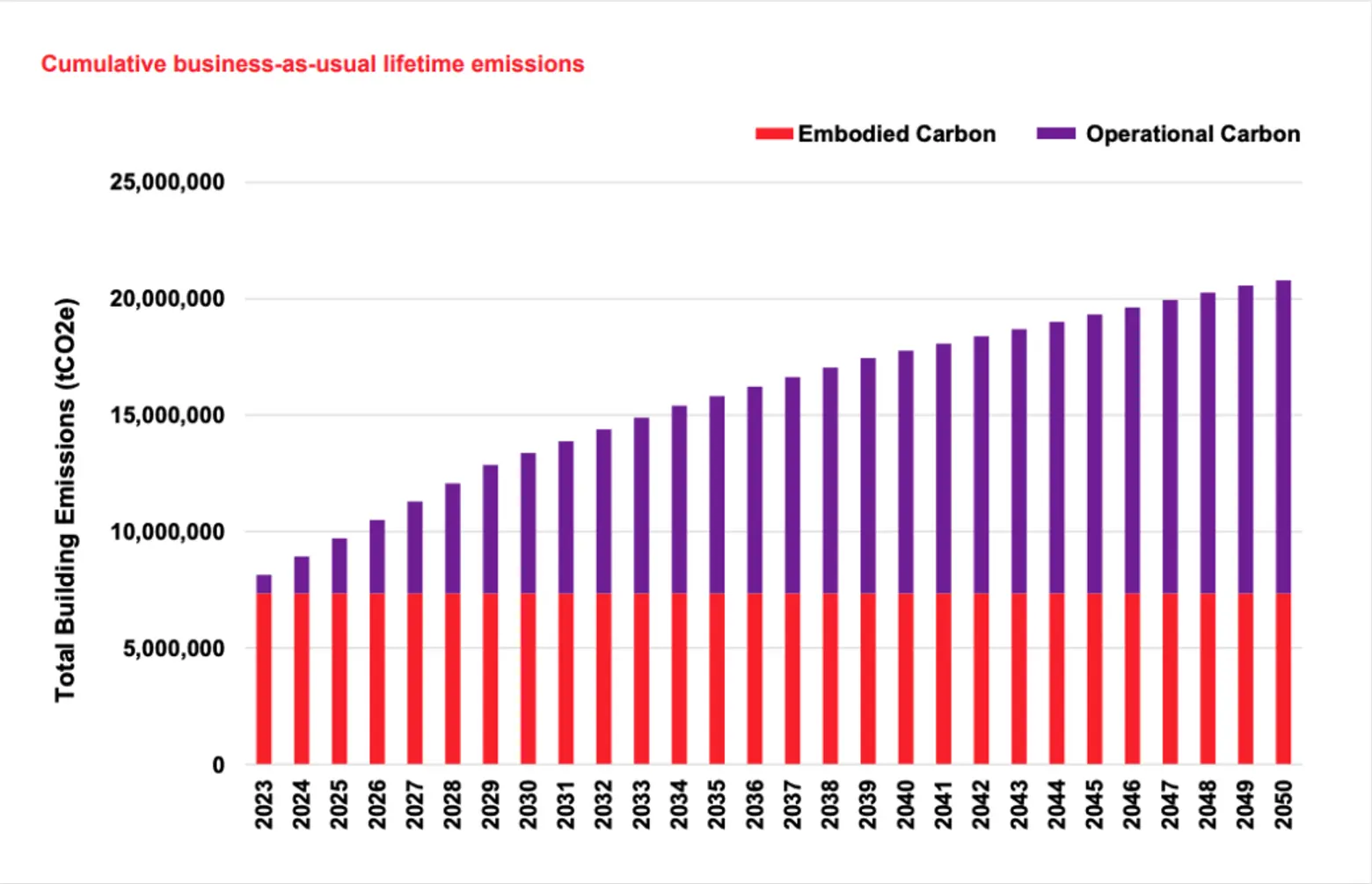
The team of researchers performed a carbon assessment for the resulting 12 categories, carefully considering vital structural changes needed to “adjust deep floor plates” for residential use, the replacement of windows or curtain walls, and a variety of energy and electrification improvements that would be achieved by the conversion.
The report also found that expanding office-to-residential conversions will help the city and property owners reach the decarbonization goals outlined in Local Law 97. The prospect of converting their office buildings into housing could incentivize property owners to complete the expensive costs associated with complying with Local Law 97.
“Facing concurrent crises of housing availability, office vacancy, and climate change, this report emphasizes the need to intertwine our urban development with long-term sustainability goals,” Tess McNamara, Senior Sustainability Consultant at Arup, said.
“The significant carbon savings that are attainable from office to residential conversions should urge policymakers and property owners to see that expanding eligibility for conversions has value for both the people of our city and the planet.”
RELATED:
- Mayor Adams unveils sweeping plan to create 100K new housing units across NYC
- Leasing launches at Pearl House in the Seaport, NYC’s largest office-to-rental conversion
- See plan to convert FiDi office tower 55 Broad into 571 market-rate apartments
- Adams announces Midtown South rezoning, plan to convert offices to housing
